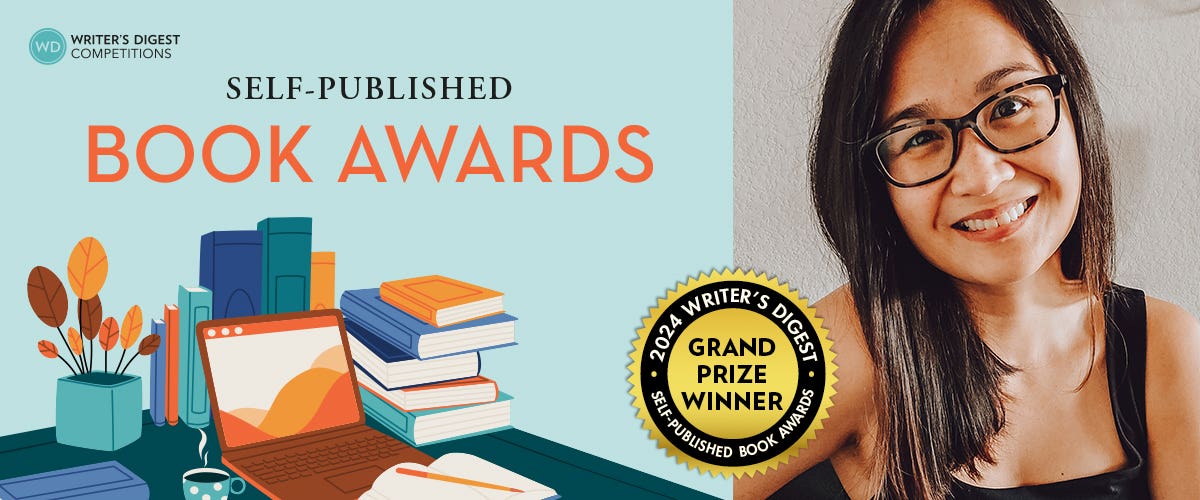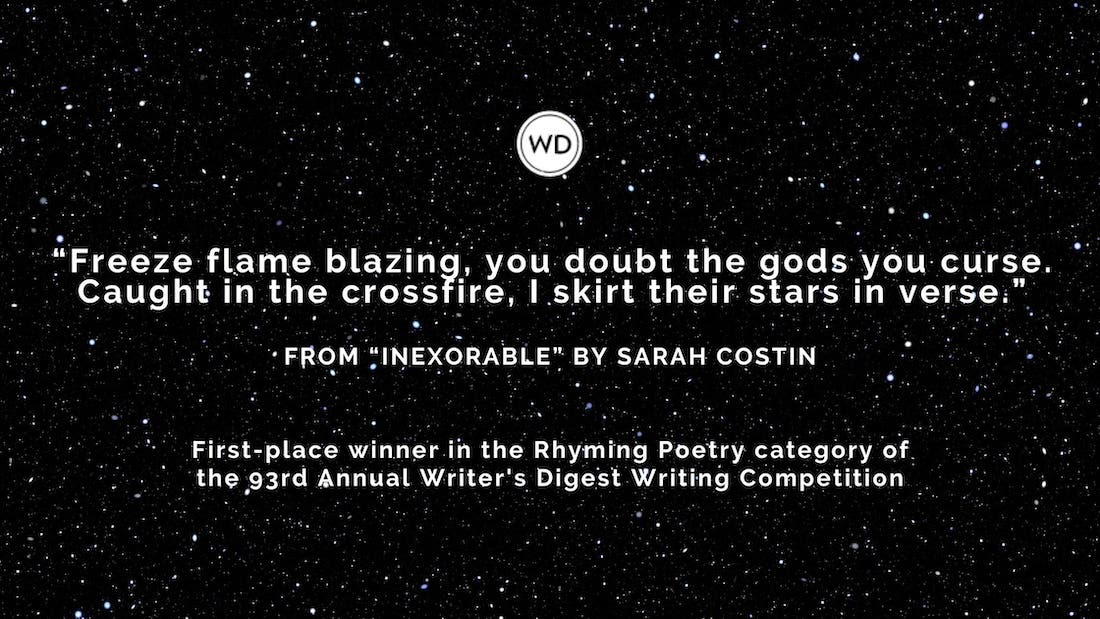5 Things Writers Should Consider About the Body and Identity
Author Megan Baxter life was split between writing creatively and making a living from physical jobs. Here, she discusses five things writers should consider about the body and identity.
When I began writing the essays that would eventually become Twenty Square Feet of Skin, I didn't know I was writing about the body. At the time, a writer who I deeply respected had challenged me to write about every aspect of my life with the same attention that I usually reserved for topics that I believe to be worthy subjects of creative exploration. In meeting this challenge, I inadvertently began writing about the body.
As I started drafting these essays I felt as if I was living a double life. I was working toward a master's degree in creative nonfiction, but when I wasn't at my desk I was earning money as a personal trainer, fitness coach, and farmer. I've always had physical jobs. But these two identities had become increasingly hard for me to reconcile, and I realized that I had never written about that other half of my life, the physical half, the work that had sustained me financially for nearly two decades.
In composing this book, I taught myself how to view my body as a reference text. I examined my physical self from toenails to tattoos and realized that so much of who I was could be read in the body. Over the course of the manuscript process, I came to see this not as navel-gazing, but as an exercise in deep introspection. What I discovered was not isolation, but rather connection.
Writing about my body brought me closer to my personal story and made me understand the vast network that bound me to art, history, family, and literature. The challenge to explore my every day, from weightlifting to plastic surgery helped me understand who I was as a writer and as a woman.
Here are five things a writer should consider about body and identity that I learned from writing Twenty Square Feet of Skin.
1. The Body Has A Past
Everything from piercings to the ache in your shoulder tells the story of a past event. Explore the history of your body, its growth, successes, failures, joys, and pleasures. From the scar on your knee from a childhood bike accident to the wild curl of silver hairs appearing on your temple, the body is a book of our life and a rich resource for storytelling, and memory.
2. Identity Is Always Being Shaped and Reshaped
Anyone who has ever had to choose a nail polish color knows this feeling: Who do I want to be for the week or so that this color graces my fingers and toes? Each day we wake up and prepare a version of our identity for the world. From makeup, to clothing, to hairstyle and perfume, we're constantly crafting, and reshaping identity. There's a story in every choice, in every detail.
3. There's Art Everywhere
No subject is off limits. The material for art is everywhere. Don't feel restricted to topics that seem appropriate or worthy, instead explore your world deeply. Any body and any story can become the subject of art. Don't shy away from material that you haven't seen in print before. It just hasn't been written yet—that's your job. Be empowered to see your life as art.
4. The Way We Understand the World Starts With the Body
The body feels, tastes, hears, sees, and smells the world. It is the body that knows the chill of morning dew, and the pressure behind the knife that splits the weeping onion. Powerful writing is rich with sensory details, and sensory details originate with the body. Physical interaction with the world provides the material for vivid storytelling.
5. Don't Be Afraid to Write the Sweaty, Scarred, Beautiful Truth
I have a spine that curves with scoliosis, and a pin in my shoulder from a rotator cuff repair. I have tattoos and scars, and lungs that don't always work so well. I'm still learning to love my body after many years of struggle. I've come to learn that there is beauty in this, a complicated, personal truth. Embrace the messy, sweaty, unique body you're in, and don't be afraid to write your truth.
The study of the body is the study of the self. I didn't set out to get to know myself as well as I did in writing this book. But I learned to appreciate the material of my every day and to see the connections between my identity and the histories, art, and personal experiences that shape who I am.
What I didn't realize was that the process of writing about the body and identity would be such a self-affirming exercise. Joining my art with my physical self I was able to celebrate who I was as a woman, an athlete, a farmer, and a writer.
Just as my book began with a challenge, I have one for you—don't be afraid of navel-gazing, the body is a worthy subject of art. Write about it!
Megan Baxter has won numerous national awards including a Pushcart Prize. Her work has been listed in The Best American Essays of 2019. Recent publications included pieces in The Threepenny Review, Hotel Amerika, The Florida Review, and Creative Nonfiction Magazine. Megan mentors young writers and loves developing cross-genre and innovative creative writing pedagogy for her workshops and classes. Megan lives in New Hampshire, running her own small, organic farm and teaching creative writing.








